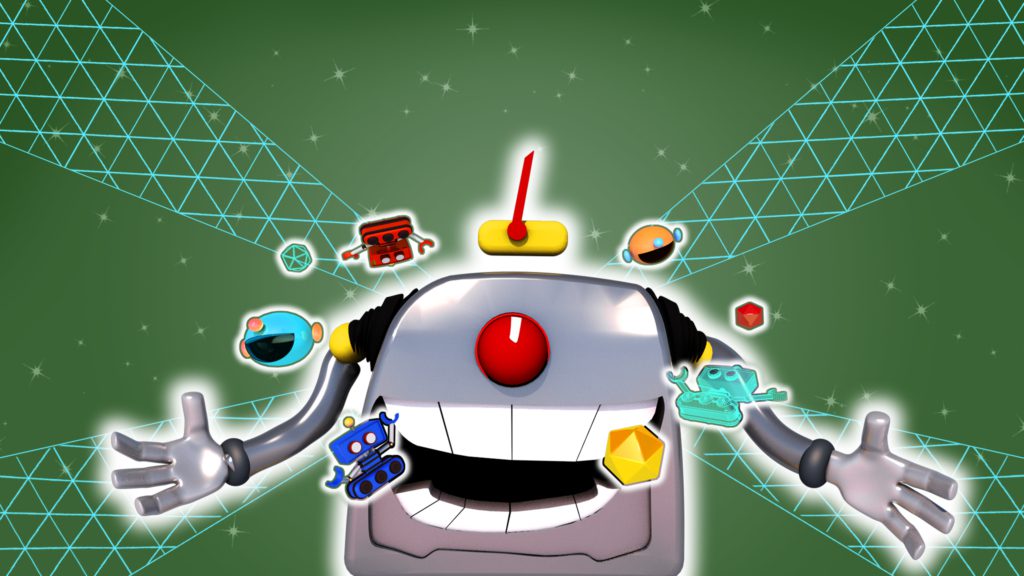Game art and animation are two essential elements of modern video game design that contribute to the visual appeal, immersion, engagement, and overall player experience of a game. The process begins with sketching and concept art, 3D modeling, texturing, shading, and animation that brings game characters, objects, and environments to life. Effective art direction is also vital in creating a consistent visual style for a game. Various animation techniques are used, including keyframe, motion capture, and blend shapes, to create realistic and fluid motion. The combination of these skills and techniques results in visually stunning games that are immersive and engaging.
In the world of video games, there are countless different genres, styles, and platforms. However, no matter what kind of game you’re playing, there are a few key elements that are essential to the experience. One of the most important of these elements is the art and animation. Without well-designed characters, environments, and animations, a game can feel flat, uninteresting, or even unplayable. In this article, we’ll take a closer look at the art and animation techniques that game designers use to create games that are visually appealing, immersive, and engaging.
Game art is the visual representation of the game world, including characters, environments, props, and other objects. The goal of game art is to create an immersive experience for the player, whether that means designing a realistic world or a more stylized, fantastical one. There are a few basic techniques that game artists use to create compelling visual elements:
1. Sketching and Concept Art: Before any assets are created for a game, artists typically begin by sketching out ideas and concepts. These sketches help to flesh out the overall vision for the game’s art style, as well as individual characters and environments. From there, more detailed concept art is created to help guide the creation of 3D models and textures.
2. 3D Modeling: Once the basic concepts have been established, artists will create 3D models using specialized software such as Maya, 3DS Max or Zbrush. These models are essentially digital sculptures that will be used in the game engine to create the game world. The models will later be textured to add color and detail.
3. Texturing and Shading: Texturing is the process of applying detailed images called ‘textures’ onto the 3D models created earlier. Texturing adds a lot of detail and realism to an object in the game. Shading adds detail such as effects to make objects appear either metallic or more matte.
4. Animation: What brings characters, objects and environments to life is animation. Art and animation go hand in hand. Once the 3D models are created along with their intended sequences, they are brought to life by animators who created lively motion for them.
Animation is an indispensable part of game design that contributes greatly to the overall look and feel of the game. Animation brings the art to life and breathes emotion and personality into characters, creating an immersive experience for the player. There are a variety of different animation techniques used in game design, including:
1. Keyframe: Keyframe animation is one of the most basic methods used in animation. The animator will create a series of key poses which form the basis of the animation. The computer then fills in the gaps between the poses to create a fluid animation.
2. Motion Capture: Motion capture uses sensors and cameras to track the movements of a real person, which are then applied to the game models to create realistic and fluid motion. This technique can be used for both character movement and facial animation, to create more lifelike performances from digital characters.
3. Blend Shapes: Blend shapes is a technique used mainly for facial animation. It is used to create a facial expression changing over time. The animator creates a series of target shapes that the facial rig is capable of, capturing all the expressions used by the character. These shapes help to blend seamlessly between different expression to create a more realistic facial performance.
Art direction plays a pivotal role in creating the visual style of a game. It is not only about the creation of visuals. It also brings the game world and characters to life, gives everything character and personality, all of which make the gameplay even better. It sets up the visual guideline for everything within the game. In this regard, game artists usually work closely with the game’s art director to ensure they create assets in line with the directions laid out. It is also the art director’s job to establish the game’s style and make sure it stays consistent throughout the project. With proper art direction, everything within the game comes together and creates a well-rounded world, contributing to an overall cohesive experience that players can enjoy.
Game art and animation have come a long way from the early days of pixelated sprites to the hyper-realistic games we see today. The techniques we’ve discussed are only a small sample of the many skills used to make games. It takes many different professionals to create a visually stunning game. However, we can see from today’s games that all these game artists’ hard work pays off. With the right art direction and techniques, video games can be incredibly immersive, engaging, and visually enticing.
